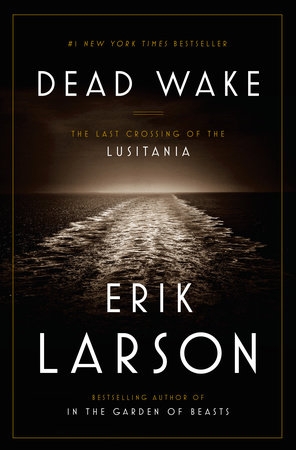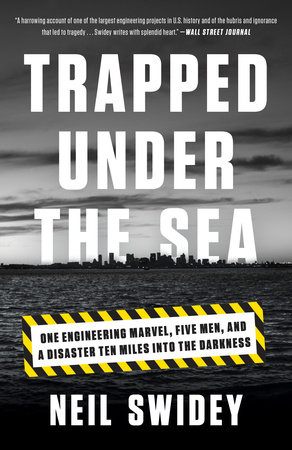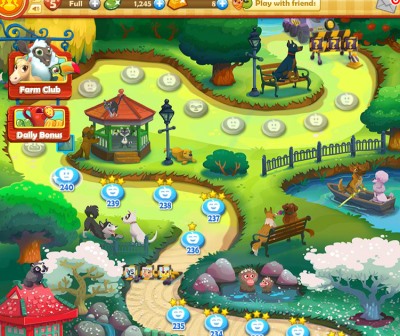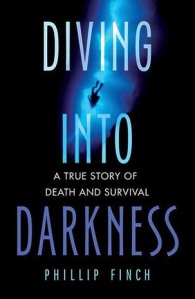Snoskred was provided with a free copy of Dead Wake by Erik Larson from the website Blogging for Books which provides review copies of books to bloggers, retailers, librarians, and media outlets in exchange for an honest review.
Image credit – Random House
100 years ago today, on the 1st of May 1915, RMS Lusitania left New York on her way to Liverpool. She never arrived. On the 7th of May 1915, the ship was torpedoed by a German U-Boat and sank completely within 30 minutes. Only six of the 48 lifeboats were able to launch.
Of the 1,962 people aboard, 1,193 died when the boat sank. Four more died later from injuries inflicted during the sinking. This was a terrible tragedy. I personally consider such an act to be mass murder and a war crime of immense significance.
You might have heard in recent days about the SBS sports reporter being sacked for making some quite offensive tweets on Anzac Day here in Australia.
While I do not agree with any of the things that journalist said, one tiny part of his tweets rang true purely because I had just finished reading this book. I will repeat just that part of the tweet and not the offensive first part.
pause today to consider the horror that all mankind suffered.
I think considering the horror of war and what our ancestors went through is something we do not do as often as we should. Books like Dead Wake are extremely important because they allow us to explore events that happened during war and to understand just how horrible those events were. Mankind did suffer. Mankind will always suffer during any war. It is important that we know this, and that we remember this.
This is a vast story with an enormous amount of people involved. Erik Larson has done an excellent job with this book to wrangle such an epic historical event into just one book and weave multiple story threads into a compelling tapestry.
I suspect that an author could easily write multiple books about various aspects of the sinking of the Lusitania without being short of material for any of them – you could have one about the boat itself and the people on board, a book about the U-boat and Germany overall, a book about the code breakers and the UK government, a book about the political situation in the USA.
There are so many threads to this story – and this brings me to the one negative I felt about this book. Sometimes I felt like the jumping back and forth between the different story threads made the story a little more difficult to follow..
In particular the focus on President Woodrow Wilson – while interesting – felt somewhat jarring to me. I felt like that story thread could have been cut back or even trimmed out of the book entirely, which would have allowed the other threads to knit together more closely. I could perhaps understand the inclusion of that thread had the sinking of the Lusitania caused America to join the war, but that did not happen.
There are two sections in the book which walk a very fine line between poignant and upsetting and it depends on the reader where they will draw that line. The author describes photographs taken of the dead to help with identification and the descriptions he gives paints the pictures better than any viewing of such images could do. There is also a description of an autopsy. I found these details relevant to the story being told. I can understand not everyone might feel that way.
As always I am deeply grateful no such images found their way into the book itself, but I do appreciate the author having viewed them and if I were writing a book of this magnitude I would probably want to do the same myself. I personally find those kind of images difficult to remove from my mind but I can handle a description.
I was looking forward to reading this book and it did not disappoint. As a reader I appreciated the detailed look at what it was like for passengers and crew alike to undertake the journey from US to UK via ship back in the days when planes were purely for short journeys and daredevils. Then the book would transport me to the U-boat which was responsible for firing the torpedo that sank her and allow me to understand what life was like for the crew on such a submarine.
Though many of the people spoken of in the book are no longer with us, their stories will now live on forever. What a marvelous legacy for future generations. I only wish history books could be this fascinating. I would have been found in history class more often if they were. :)
I will certainly seek out other books by Erik Larsen. In particular I will hunt down two books – The Devil in the White City which tells the story of the first serial killer in the US – Leonardo Dicaprio purchased the film rights to this book. Tom Hanks bought the film rights to In the Garden of Beasts. Both films are presently in development according to IMDB.
If you want to read Dead Wake, here are my suggestions – This is quite a long story however because of the multiple story threads and the fact that I knew a little about the story when I started the book, I found it easier to put the book down when my alloted reading time for the day was over. I read this book over the space of a week, spending an hour and a half to two hours reading each night. However please do keep in mind, I am a fast reader.
Snoskred rating – 10 out of 10 – Must Read.
So, two books reviewed, both of them have been spectacular reads. Either I am an excellent chooser of books, or there are a lot of high quality tomes being published at present. I suspect it might be the latter.
You can read my review of Trapped Under the Sea by Neil Swidey here.
Don’t forget, you can view my disclosure policy here. All opinions and thoughts are my own and will always reflect my own experience – positive, negative, or in-between.
I received this book from Blogging for Books for this review. You too can sign up to review books via Blogging for Books.




